Bridging Language Barriers: A Deep Dive Into Google Translate’s "Out Loud" Feature
Bridging Language Barriers: A Deep Dive into Google Translate’s "Out Loud" Feature
Bridging Language Barriers: A Deep Dive into Google Translate’s "Out Loud" Feature
Introduction
In this auspicious occasion, we are delighted to delve into the intriguing topic related to Bridging Language Barriers: A Deep Dive into Google Translate’s "Out Loud" Feature. Let’s weave interesting information and offer fresh perspectives to the readers.
Table of Content
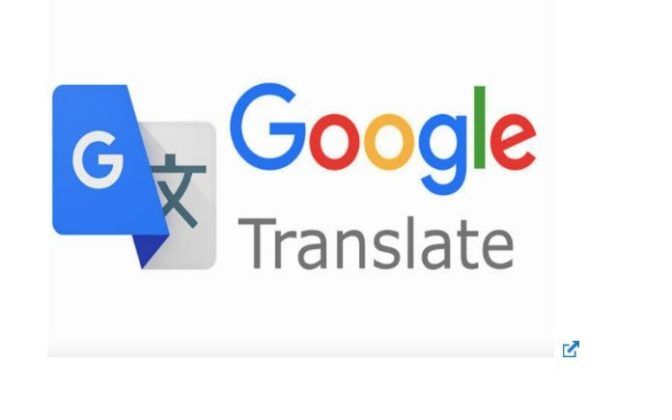
Bridging Language Barriers: A Deep Dive into Google Translate’s "Out Loud" Feature
Google Translate, a ubiquitous tool for communication across language divides, has steadily evolved, offering a comprehensive suite of features that enhance its utility. Among these, the "Out Loud" feature stands out as a significant advancement, enabling users to hear translated text spoken aloud in a natural and clear voice. This capability significantly broadens the accessibility of Google Translate, making it a valuable resource for individuals with diverse needs and learning styles.
Understanding the Essence of "Out Loud"
The "Out Loud" feature leverages the power of text-to-speech (TTS) technology. This sophisticated technology converts written text into spoken language, replicating the nuances of human speech. Google Translate’s "Out Loud" function utilizes advanced TTS models, meticulously trained on vast datasets of spoken language, to produce accurate and natural-sounding pronunciations. The result is a seamless and engaging experience for users, facilitating comprehension and enhancing the overall translation experience.
Benefits of "Out Loud" for Diverse User Groups
The "Out Loud" feature significantly benefits a wide range of individuals, including:
- Language Learners: Hearing translated text spoken aloud provides valuable auditory reinforcement, aiding in pronunciation practice and improving comprehension. It allows learners to familiarize themselves with the rhythm and intonation of a foreign language, enhancing their overall fluency.
- Individuals with Visual Impairments: "Out Loud" provides an accessible alternative for individuals who may have difficulty reading text. It enables them to access information and engage in communication, fostering greater inclusion and independent participation.
- Those with Learning Disabilities: Some individuals with learning disabilities may find it challenging to process written text effectively. "Out Loud" offers an alternative modality, allowing them to absorb information through auditory channels, enhancing their comprehension and engagement.
- Travelers and Business Professionals: "Out Loud" proves invaluable for navigating unfamiliar environments, communicating with locals, and engaging in business transactions. Hearing translated text spoken aloud facilitates comprehension and reduces the risk of misunderstandings.
Technical Aspects and Advancements
Google Translate’s "Out Loud" feature continuously evolves, incorporating advancements in TTS technology. Key aspects include:
- Neural Network-based TTS: Google Translate utilizes sophisticated neural networks to generate speech, resulting in more natural and expressive pronunciations. These networks are trained on vast datasets of spoken language, allowing them to capture the nuances of human speech.
- Multi-Voice Support: Google Translate offers a variety of voices for each language, providing users with options to choose from based on their preferences and context. This feature enhances the user experience, allowing for greater customization and personalization.
- Real-Time Translation: The "Out Loud" feature seamlessly integrates with Google Translate’s real-time translation capabilities. Users can listen to translated text as it is being typed, facilitating instant comprehension and communication.
Addressing Frequently Asked Questions
Q: How does Google Translate’s "Out Loud" feature work?
A: The feature utilizes text-to-speech (TTS) technology, which converts written text into spoken language. Google Translate uses advanced neural networks trained on extensive datasets of spoken language to generate natural and accurate pronunciations.
Q: What languages are supported by the "Out Loud" feature?
A: Google Translate’s "Out Loud" feature supports a wide range of languages, constantly expanding its coverage. Users can access the list of supported languages directly within the Google Translate app or website.
Q: Can I adjust the voice used for the "Out Loud" feature?
A: Yes, Google Translate offers multiple voices for each language, allowing users to choose the voice that best suits their needs and preferences.
Q: Is the "Out Loud" feature available on all devices?
A: The "Out Loud" feature is available on both the Google Translate app and website, ensuring accessibility across various devices and platforms.
Tips for Optimizing "Out Loud" Functionality
- Ensure a Stable Internet Connection: A strong internet connection is essential for optimal performance of the "Out Loud" feature, ensuring smooth playback and accurate pronunciations.
- Experiment with Different Voices: Explore the available voices for each language to find the one that best suits your preferences and context.
- Utilize the "Speed" Option: Adjust the playback speed to suit your listening comprehension needs.
- Combine "Out Loud" with Other Features: Leverage "Out Loud" in conjunction with other Google Translate features, such as the "Camera" mode or "Conversation" mode, for a comprehensive translation experience.
Conclusion: A Powerful Tool for Enhanced Communication
Google Translate’s "Out Loud" feature represents a significant advancement in language translation technology. Its ability to convert translated text into natural-sounding speech enhances comprehension, accessibility, and the overall user experience. By offering an alternative modality for accessing information and engaging in communication, "Out Loud" empowers individuals with diverse needs and learning styles, bridging language barriers and fostering greater understanding and connection across cultures. As technology continues to evolve, we can expect further advancements in "Out Loud" functionality, further enhancing its utility and impact on global communication.
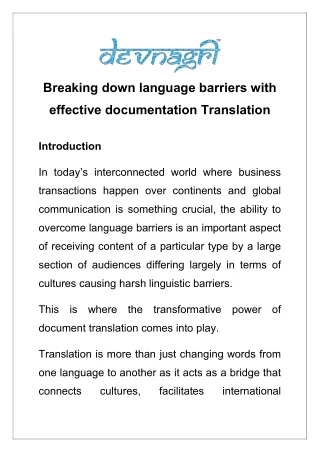


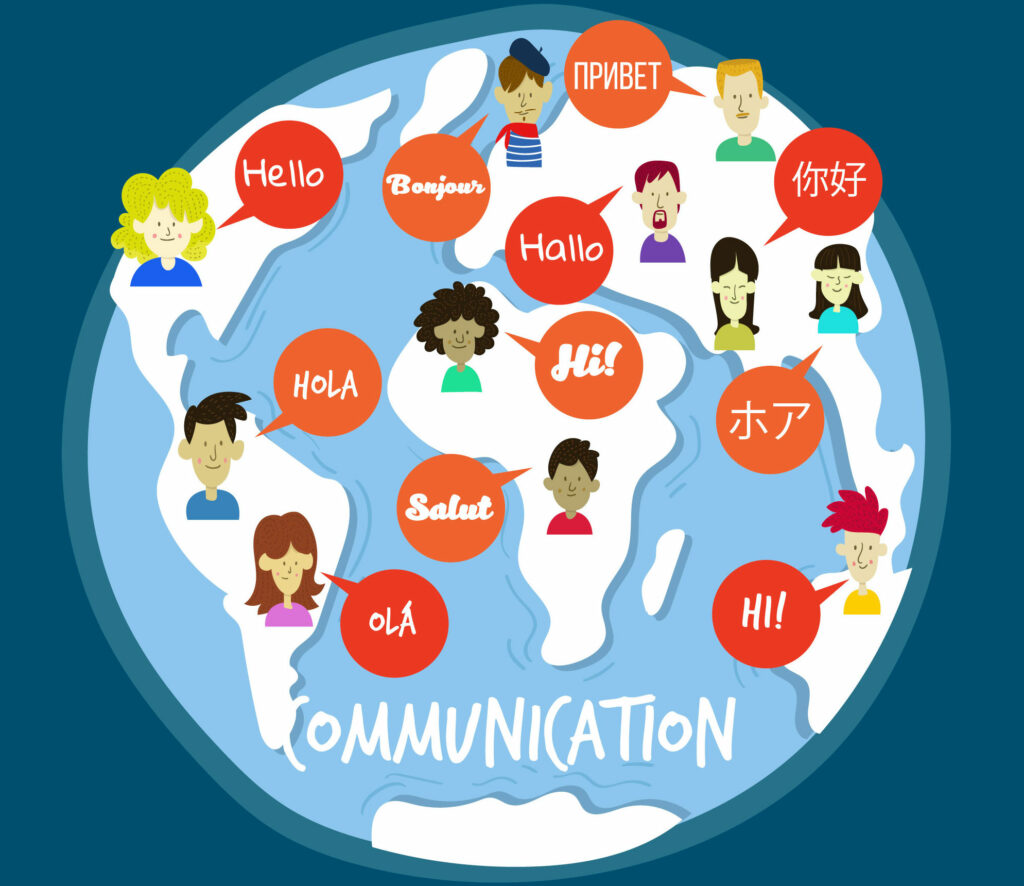
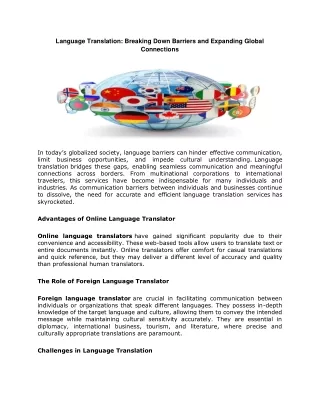

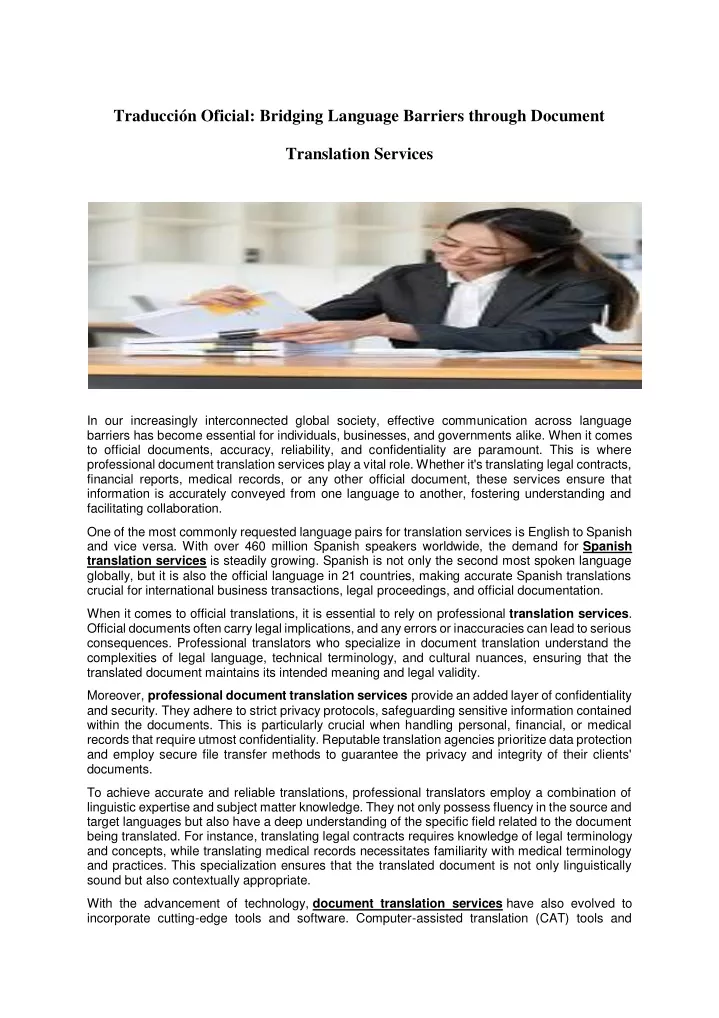

Closure
Thus, we hope this article has provided valuable insights into Bridging Language Barriers: A Deep Dive into Google Translate’s "Out Loud" Feature. We hope you find this article informative and beneficial. See you in our next article!